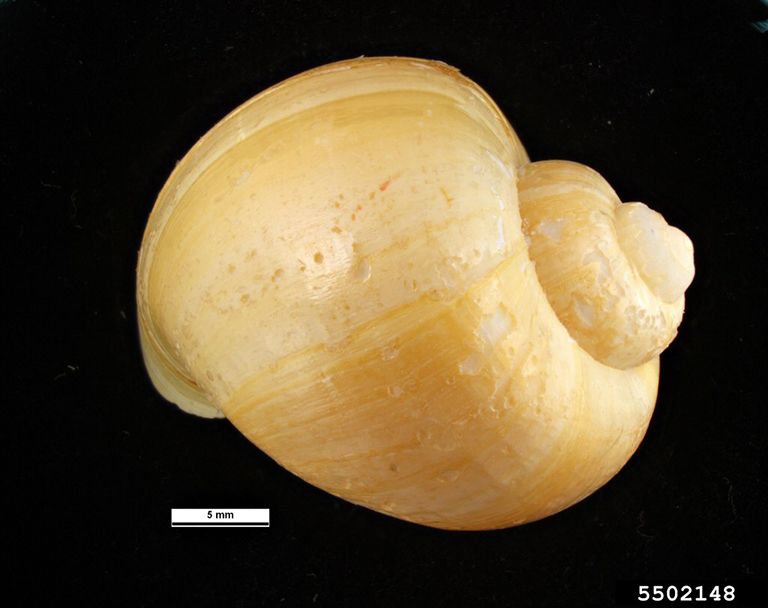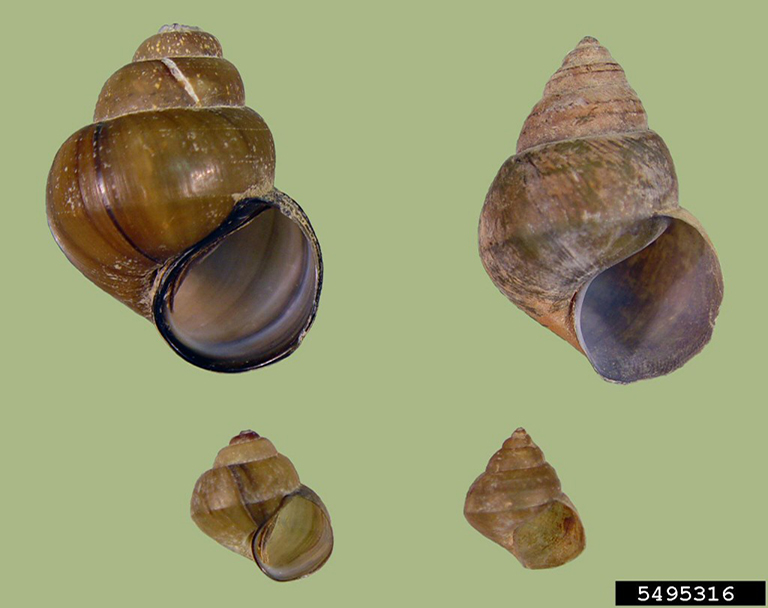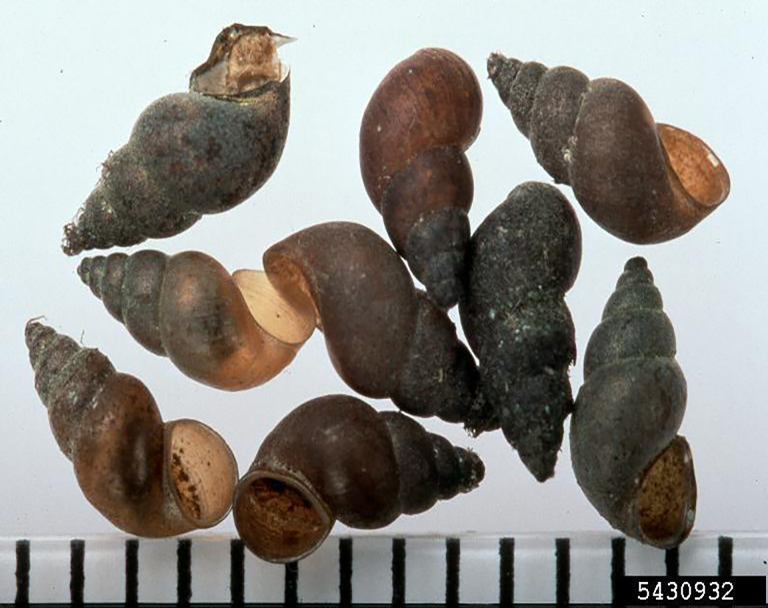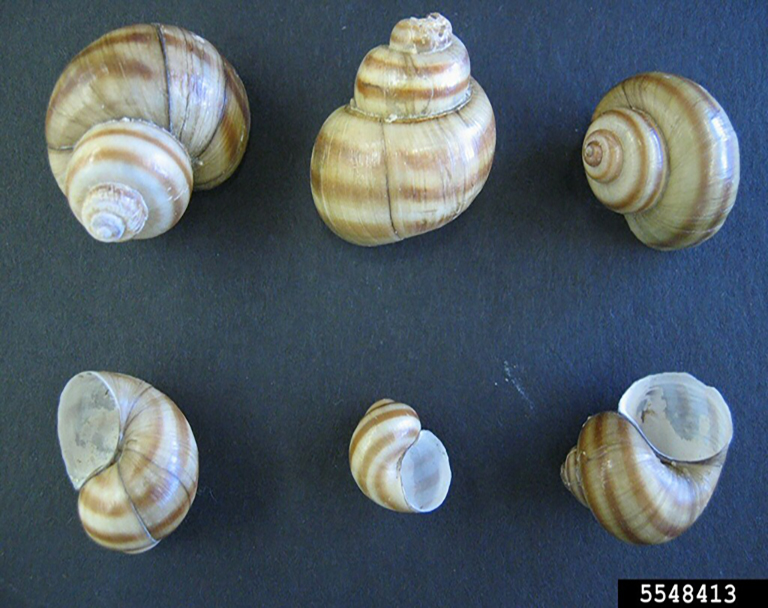Background
Invasive snails include a variety of gastropods invasive to areas of North America. Invasive snails, such as the channeled apple snail (Pomacea canaliculata), Chinese mysterysnail (Cipangopaludina chinensis), New Zealand mudsnail (Potamopyrhus antipodarum) and the banded mysterysnail (Viviparus georgianus) are all non-native to North America, besides the latter which is native to eastern and southern Florida. All species were accidentally or intentionally introduced to North American waterways. Invasive snails are commonly found in slow flowing streams as opposed to larger fast flowing waters. As an introduced species they thrive in disturbed watersheds including fresh to brackish waters with silt, sand and mud substrates.
Range
The banded mysterysnail and Chinese mystersnail are both distributed from the Niagara River, flowing into the Great Lakes. They have also been found in Lake Ontario, Lake Erie, and Kawartha Lakes, Trent River drainages and the Crowe and Moira River watershed. The channeled apple snail has not yet been recorded in Ontario, but is found in southern parts of the United States. The New Zealand mudsnail can be found in the Welland canal and the Great Lakes, including, Lake Ontario, Erie, Superior and Michigan.
Impacts of Invasive Snails
- Reproduce and spread rapidly.
- May prey on fish eggs and reduce survival rates.
- Out-compete for food and habitat and effect the abundance of native snails.
- Channeled apple snail act as a vector transferring bacteria and parasites. This species is also threatening the crop industry in Hawaii and rice populations in Asia.
- Chinese mysterysnail has been reported to clog water intake pipes.
How to Identify Invasive Snails
Check the chart below to know if you have a channeled apple snail, Chinese mysterysnail, New Zealand mudsnail or banded mysterysnail.
INVASIVE
Channeled Apple Snail
(Pomacea canaliculata)
Details
- 4.5 – 7.5 cm
- Spherical with 5-6 rounded whorls
- Brownish or greenish, but can vary from black to pale cream
- Operculum is ear-shaped with concentric growth lines
INVASIVE
Chinese Mysterysnail
(Bellamya chinensis)
Details
- 6.5 cm or less
- Spherical shoulder whorls separated by prominent sutures
- Brownish to olive-green
- Operculum is oblong with concentric growth lines
INVASIVE
Banded Mysterysnail
(Viviparus cf. georgianus)
Details
- 3.5 cm or less
- Spherical with whorls separated by deep sutures
- Yellow to greenish brown with 3-4 dark reddish-brown spiral bands
- Operculum is ear-shaped with concentric growth lines
What You Can Do
- Learn how to identify invasive snails and how to prevent accidentally spreading these invasive species.
- Inspect your boat, trailer and equipment after each use. Remove all plants, animals and mud before moving to a new waterbody.
- Drain water from motor, live well, bilge and transom wells while on land.
- Clean all recreational equipment with a high pressure wash, hot water, OR let it dry in the sun for at least 5 days.
- If you find invasive snails or other invasive species in the wild, please contact the toll-free Invading Species Hotline at 1-800-563-7711 or visit EDDMapS to report a sighting.
Resource Files
Other Resources
Gallery
OFAH/MNR Invading Species Awareness Program. (2021). Invasive Snails. Retrieved from: www.invadingspecies.com.
This factsheet may be reproduced for non-commercial purposes.
Header photo by Bill Frank.





